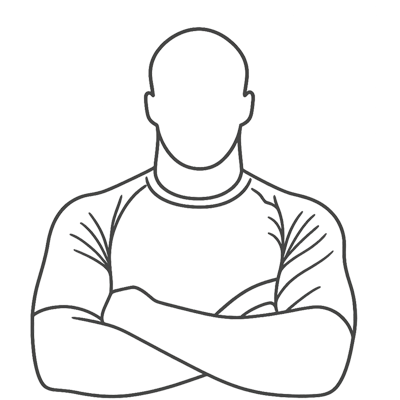Inverted Armbar
Also known as:
Violin Armlock
Reverse Armbar
Arm Crush
Cutting Armlock
- What is the Inverted Armbar? (Definition & Historical Context)
- Biomechanics and Principles of the Inverted Armbar
- Common Setups and Entries to the Inverted Armbar
- Common Mistakes to Avoid When Applying the Inverted Armbar
- Defending and Escaping the Inverted Armbar
- Strategic and Tactical Applications of the Inverted Armbar
- Anatomical Considerations and Injury Risks
- Inverted Armbar Submission Statistics
- Inverted Armbar Historical Trends
- Matches Won by Inverted Armbar
What is the Inverted Armbar? (Definition & Historical Context)
Biomechanics and Principles of the Inverted Armbar
Common Setups and Entries to the Inverted Armbar
Common Mistakes to Avoid When Applying the Inverted Armbar
Defending and Escaping the Inverted Armbar
Strategic and Tactical Applications of the Inverted Armbar
Anatomical Considerations and Injury Risks
Inverted Armbar Submission Statistics
Most Inverted Armbar Finishes
RNK
ATHLETE
WINS
1
Inverted Armbar Historical Trends
Percentage of All Submissions
2015
2016
2017
2018
2019
2020
2021
2022
2023
2024
Percentage (%)
Year
Showing the percentage of submissions won using Inverted Armbar relative to all submission victories
Matches Won by Inverted Armbar
| Fighters | Event | Date | Weight | ||
|---|---|---|---|---|---|
| Jessa Khan | def. | Kaori Hernandez | 2022 IBJJF Absolute Grand Prix | 2022 Nov 18 | |
| Luizia Monteiro | def. | Amal Amjahid | 2019 AJP Queen Of Mats | 2019 Nov 1 | Lightweight |
Table of Contents
- What is the Inverted Armbar? (Definition & Historical Context)
- Biomechanics and Principles of the Inverted Armbar
- Common Setups and Entries to the Inverted Armbar
- Common Mistakes to Avoid When Applying the Inverted Armbar
- Defending and Escaping the Inverted Armbar
- Strategic and Tactical Applications of the Inverted Armbar
- Anatomical Considerations and Injury Risks
- Inverted Armbar Submission Statistics
- Inverted Armbar Historical Trends
- Matches Won by Inverted Armbar
